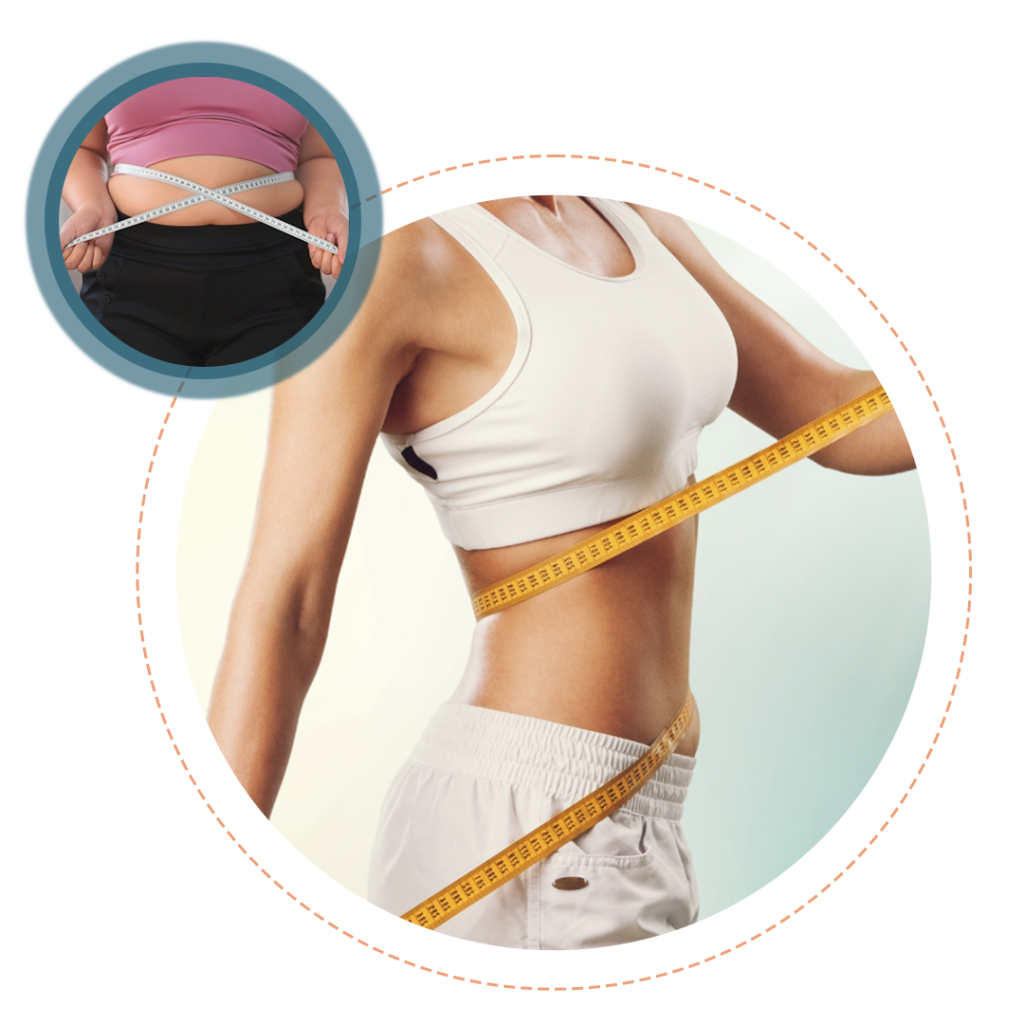
What is Fat Crafting ?
Overview Fat grafting, also known as fat transfer, is a cosmetic procedure that involves transferring fat from one part of the body to another to enhance volume and contour. This minimally invasive treatment is commonly used to improve the appearance of the buttocks, breasts, face, hips, hands, and feet. By utilizing the patient’s own fat, the procedure reduces the risk of allergic reactions and ensures a more natural look and feel. It is a popular choice for individuals seeking to enhance their body contours, rejuvenate facial features, or restore volume lost due to aging or weight loss.
Causes The need for fat grafting often arises from factors such as aging, weight fluctuations, and genetics. These factors can lead to volume loss in various areas of the body, resulting in a less youthful or less desirable appearance. For example, aging can cause the face to lose fat and elasticity, leading to wrinkles and sagging. Similarly, weight loss can result in a loss of volume in the breasts and buttocks. Genetic predispositions may also contribute to a lack of volume in certain body areas.
Solutions Fat grafting addresses these issues by harvesting fat from areas with excess fat, such as the abdomen, thighs, or flanks, and injecting it into the target areas requiring enhancement. This technique not only improves the appearance of the treated areas but also contours the donor sites, resulting in a more balanced and aesthetically pleasing overall look. The procedure can restore youthful facial features, enhance breast and buttock size and shape, and improve the texture and volume of the hands and feet.
Types of Treatments
Buttocks Fat Grafting
This treatment involves transferring fat to the buttocks to enhance their size and shape, creating a more defined and lifted appearance. It is a popular choice for individuals seeking to achieve a fuller and more proportionate buttock contour.
Face Fat Grafting
Facial fat grafting restores volume to areas of the face that have lost fat due to aging, such as the cheeks, under-eye areas, and nasolabial folds. This treatment helps to smooth wrinkles and create a more youthful appearance.
Breast Fat Grafting
Fat grafting to the breasts enhances their volume and shape using the patient's own fat. This procedure is often chosen by women looking for a natural alternative to implants, providing subtle and natural-looking results.
Hips Fat Grafting
Fat grafting to the hips can enhance their shape and size, creating a more balanced and curvaceous silhouette. This treatment is ideal for individuals looking to achieve an hourglass figure.
Hands and Feet Fat Grafting
Fat grafting to the hands and feet improves their appearance by restoring volume and reducing the visibility of veins and tendons. This treatment rejuvenates the hands and feet, giving them a more youthful and smoother look.
Surgery Procedures and Recovery Time
Procedure Fat grafting surgery begins with the extraction of fat from a donor area through liposuction. The harvested fat is then purified to remove any impurities, such as blood or oils. Once purified, the fat is carefully injected into the target area in small amounts to ensure even distribution and natural-looking results. The procedure is typically performed under local anaesthesia with sedation or general anaesthesia, depending on the extent of the treatment.
Recovery Recovery from fat grafting varies depending on the treated area and the amount of fat transferred. Generally, patients can expect some swelling, bruising, and discomfort in both the donor and recipient sites. These symptoms typically subside within a few weeks. Most patients can return to light activities within a week, but strenuous activities should be avoided for at least four to six weeks. Full results are usually visible after several months as the transferred fat integrates with the surrounding tissues.
Video About Treatment
FAQ
Fat grafting is a cosmetic procedure that involves transferring fat from one part of the body to another to enhance volume and contour.
The duration of the procedure varies but typically takes between 2 to 4 hours, depending on the extent of the treatment.
The cost of fat grafting can vary widely, ranging from ₹50,000 to ₹200,000, depending on the treatment area and the surgeon’s experience.
Common side effects include swelling, bruising, and discomfort at the donor and recipient sites. Serious complications are rare but can include infection and fat embolism.
Initial recovery takes about 1 to 2 weeks, but full recovery can take several months as the swelling subsides and the fat integrates.
Yes, fat grafting is suitable for both men and women looking to enhance their body contours or facial features.
Fat grafting treatments include buttocks, breast, face, hips, hands, and feet fat grafting, each targeting specific areas for enhancement.
Fat grafting is generally safe when performed by a qualified and experienced surgeon. As with any surgery, there are risks, but they are minimized with proper care.
Preparation includes undergoing medical evaluations, avoiding certain medications, stopping smoking, and following the surgeon’s pre-operative instructions.
Expect some swelling and discomfort, which can be managed with medication. Following the surgeon’s post-operative care instructions is crucial for optimal results.